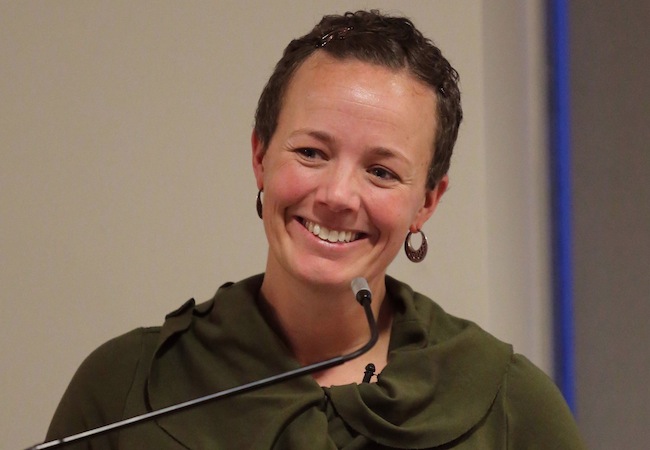Treating racial competence as a skill to be learned
February 3, 2016
Ali Michaels emphasizes the importance of racial competence and reframing how race gets discussed in schools.
Racism can fracture individuals and communities. The first step to repairing the damage is making sense of how racism functions, both in our environments and in our own minds. Teachers can make their classrooms safe places for this crucial learning, so that teachers and students alike can be more fully themselves.
Dr. Ali Michael, of the Penn Center for the Study of Race and Equity in Education, is the author of Raising Race Questions, a book that helps teachers talk about race honestly and effectively in their classrooms. She offers these tips for reframing how race gets discussed in schools:
Treat racial competence as a skill to be learned.
Racial competence refers to the skills and attitudes required to develop and maintain healthy cross-racial relationships, notice and analyze racial dynamics, and confront racism in the environment and in oneself. People aren’t born racially competent. And yet we often don’t ask questions that would give us greater insight because we fear we could expose our gaps in racial competence, and people might think we’re racist. But without asking questions or taking risks, we can’t grow. If schools adopt a growth mindset about race, we can create a culture in which everyone is continuously developing their racial competence.
Develop a positive racial identity in order to foster the same in your students.
Building whole classrooms requires supporting every student to have a positive racial identity. Teachers can’t do this until they develop a positive racial identity for themselves. For White people, having a positive racial identity does not mean feeling good about being White. Rather, it involves understanding what it means to be White in a society that has systemically favored White people above people of color. On the other hand, having a negative racial identity doesn’t mean feeling bad about being White. Instead, it means understanding racial misconceptions, falsehoods, stereotypes, and unexamined biases.
Look beyond the curriculum for creating an antiracist classroom.
Teachers often look to curriculum as the first step toward building an antiracist classroom. While a multicultural curriculum is important, it’s only one factor that contributes to classroom life. As teachers develop in their racial identities, they will be better equipped to see the many ways that race affects their classrooms beyond the curriculum, and to begin to make changes in those areas as well.
Think of your racial identity as your race toolbox.
Understanding that you have a racial identity—and that it’s possible to have a positive one—is the most critical step in building antiracist, whole classrooms. Such an understanding is not simply another tool—it is the toolbox. The stronger and more robust your racial identity, the more tools you will be able to carry. Without a positive racial identity, you will not be able to hold any of the other tools that you acquire.


